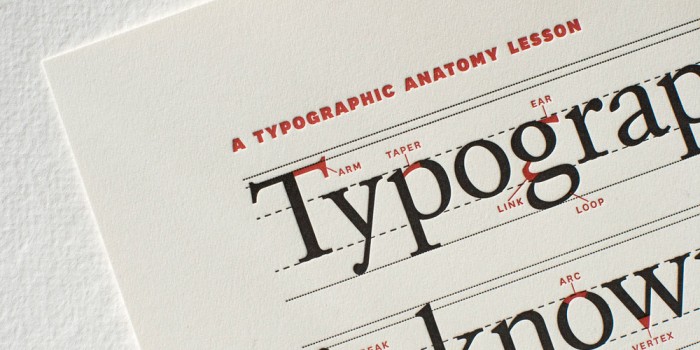A lot of people are superstitious. The funny thing about superstitions is that we hatch an idea (or are told) that there is a connection between one thing and another and, if it suits us, we’re prepared to go on believing it even when there is no sensible basis for there being a connection between the two. Horse shoes are lucky. Finding a four leaf clover will bring you good fortune. You should carry around a rabbit’s foot for good luck (yours that is, not the rabbit’s). Many elite sportsmen and women have superstitions about when they put on their shirt, which ball they serve with after they’ve served an ace or what order they do things in before a big game. Of course, they do all these same things on the occasions when they don’t win, don’t serve an ace or get carried off the field injured; but that […]






Recent Comments